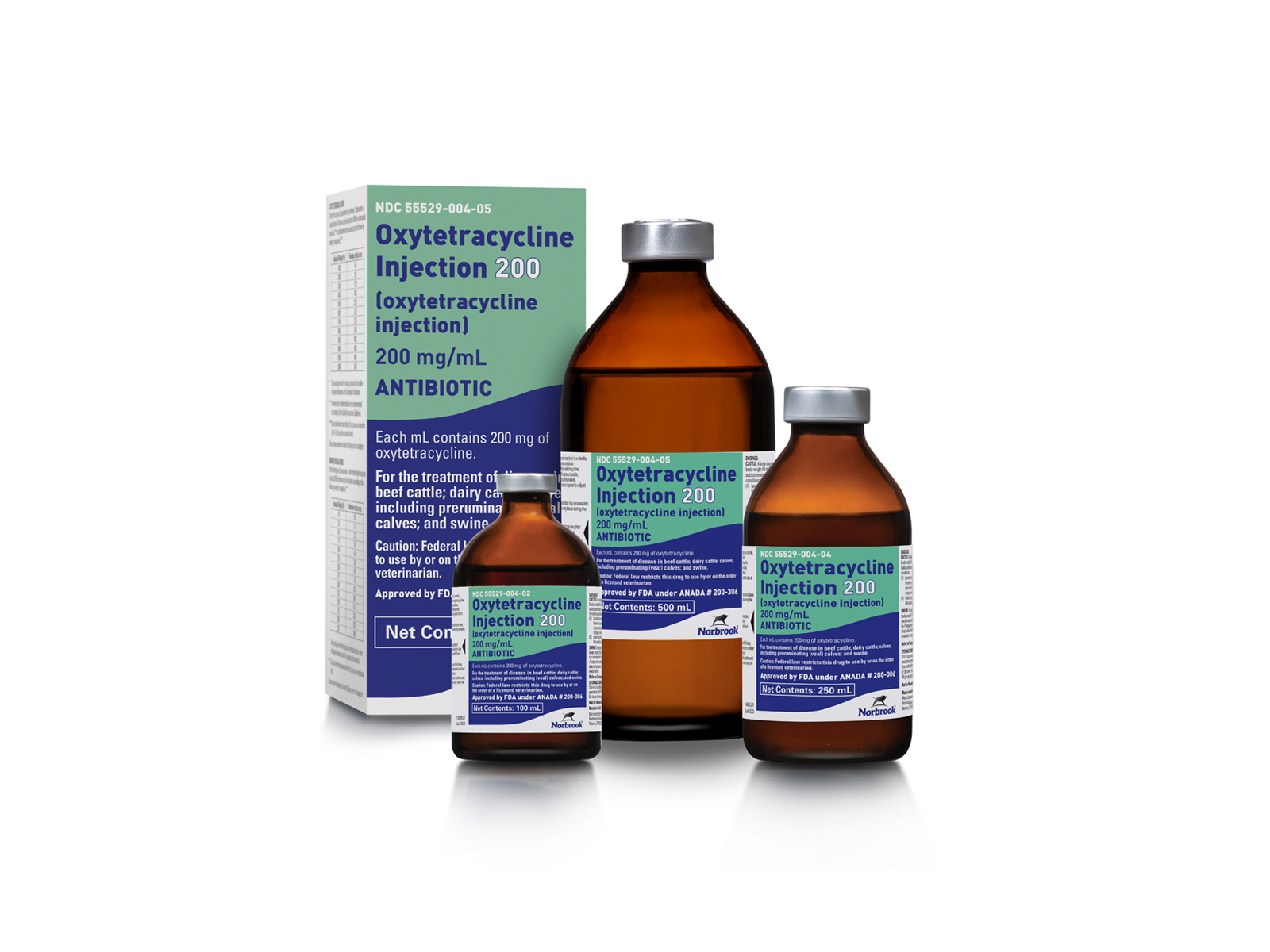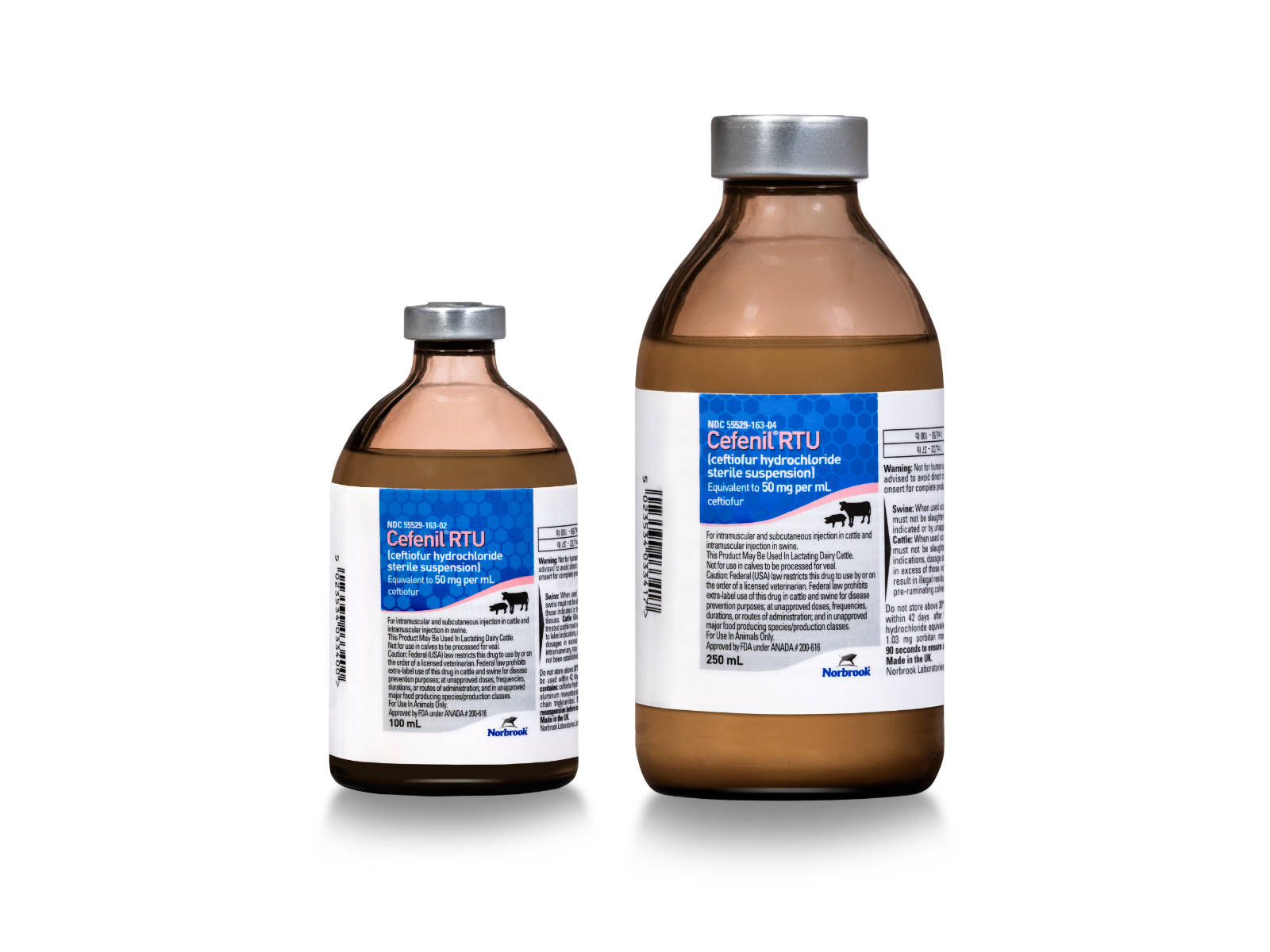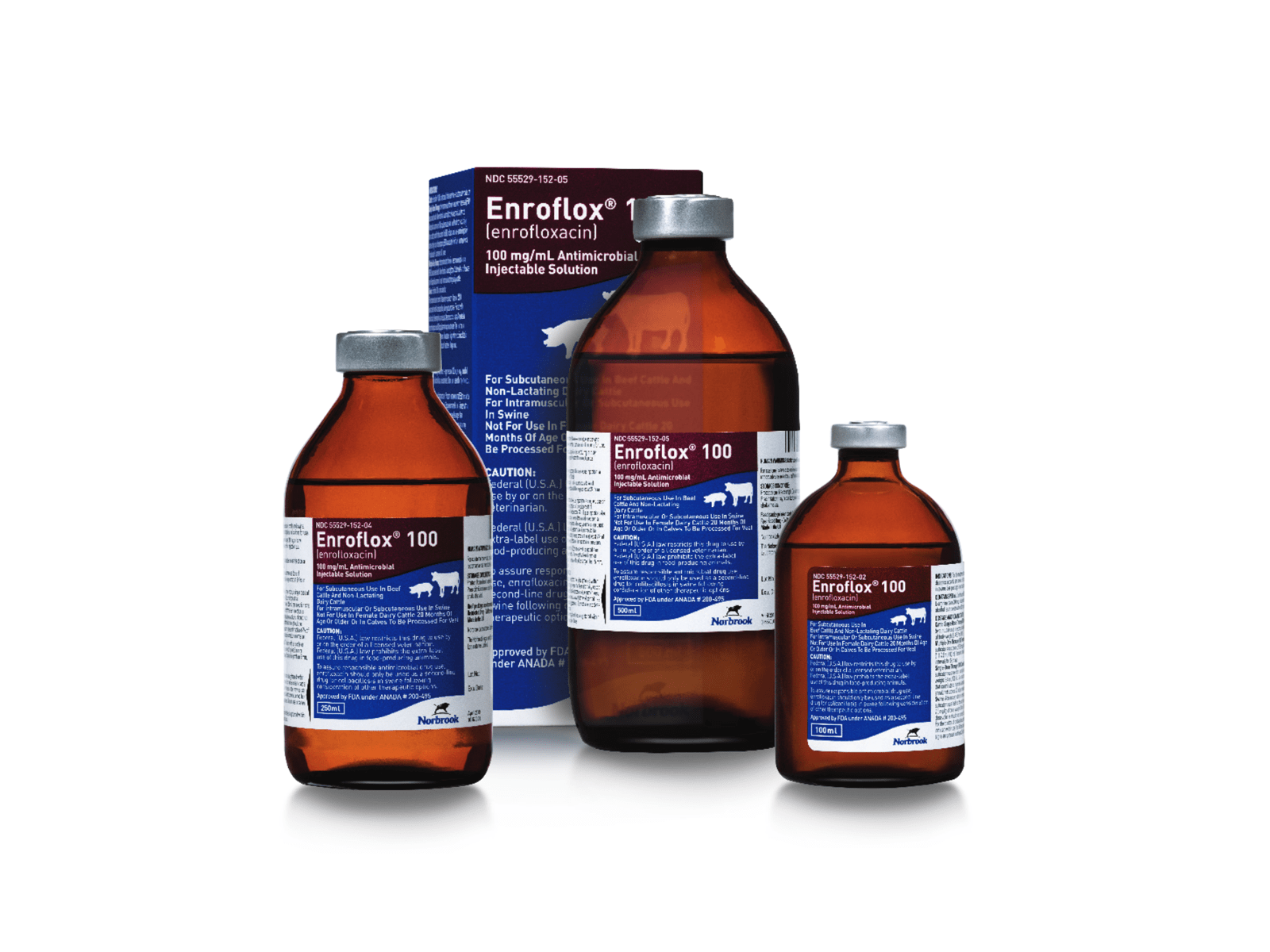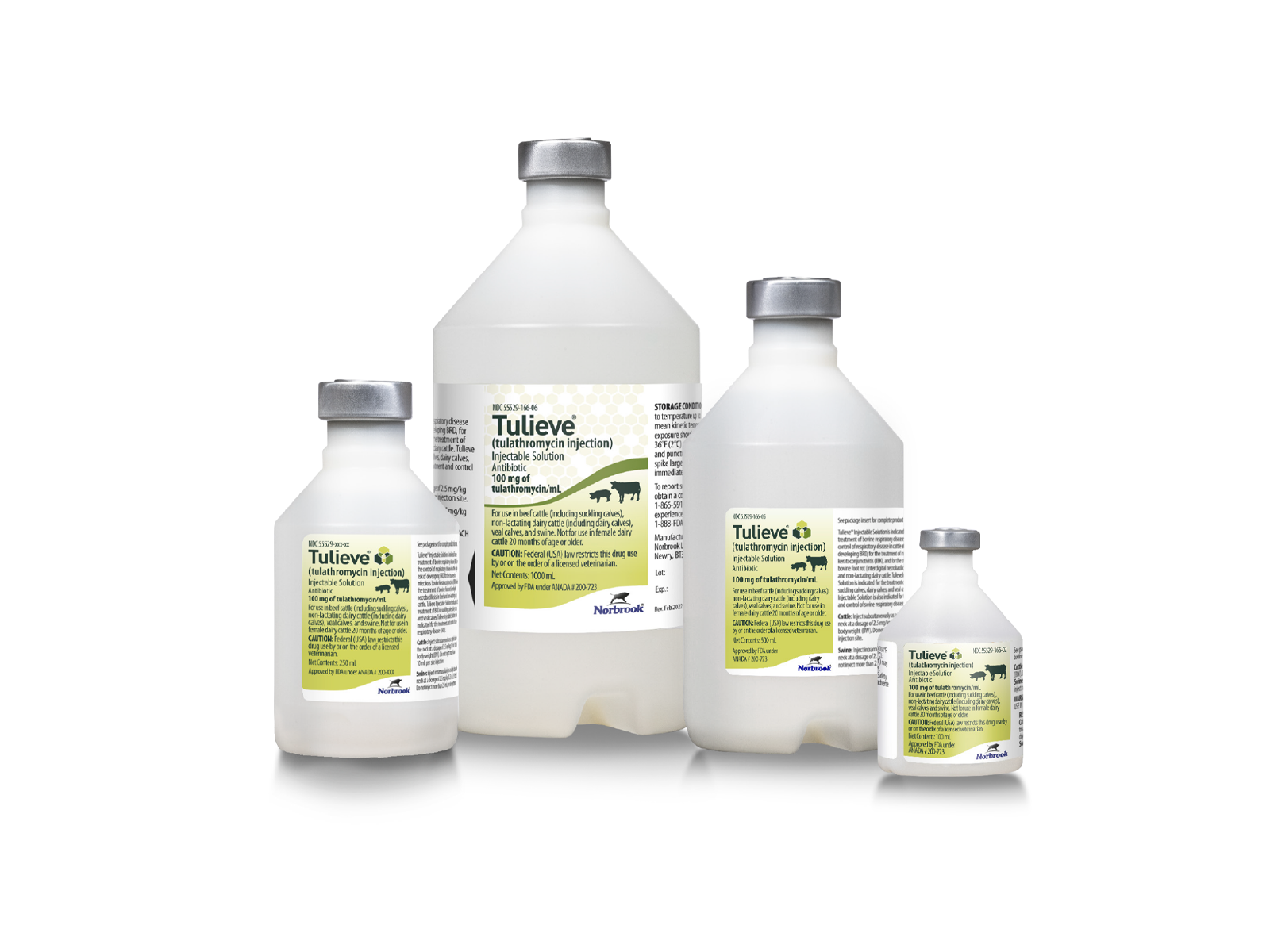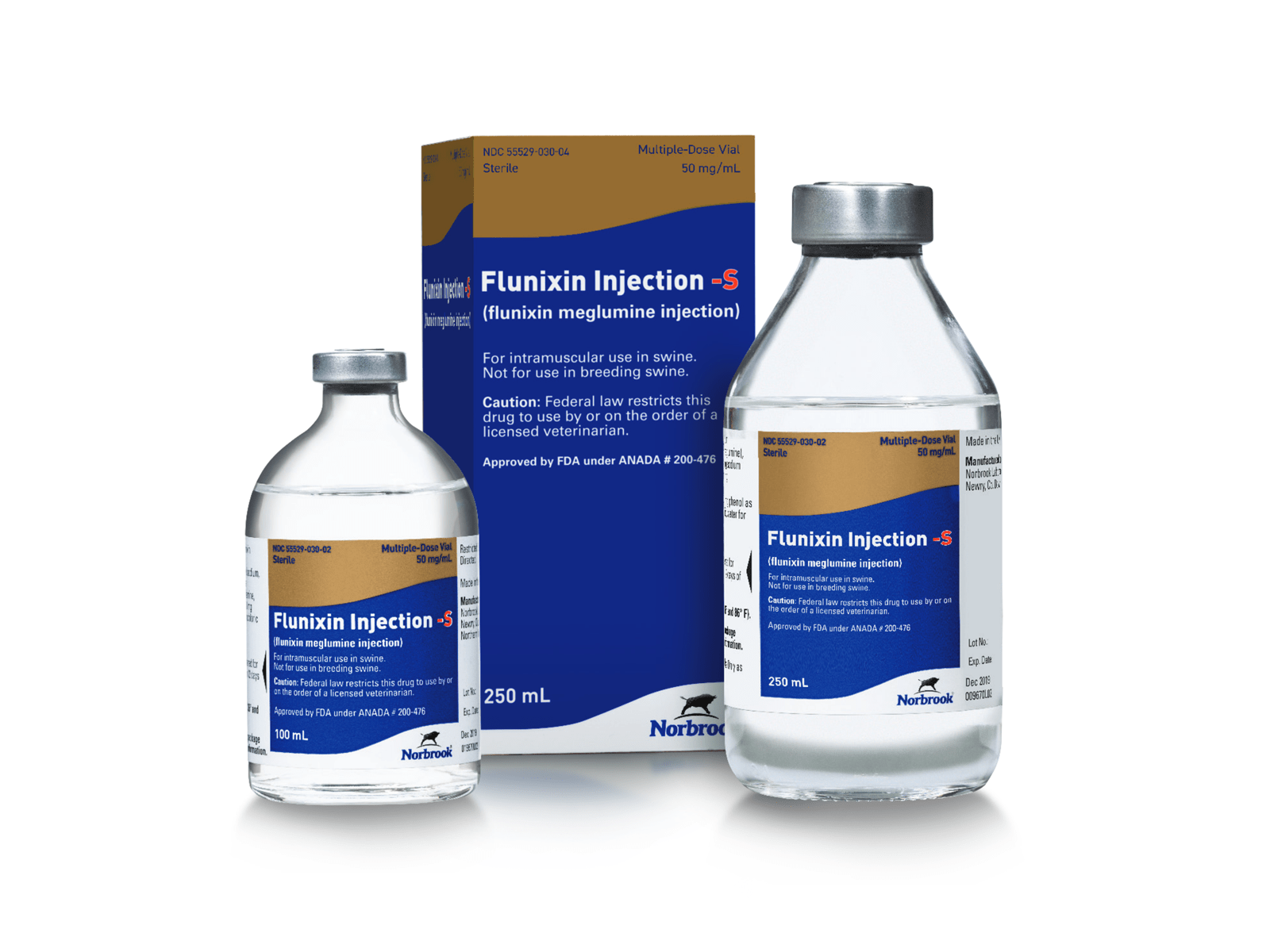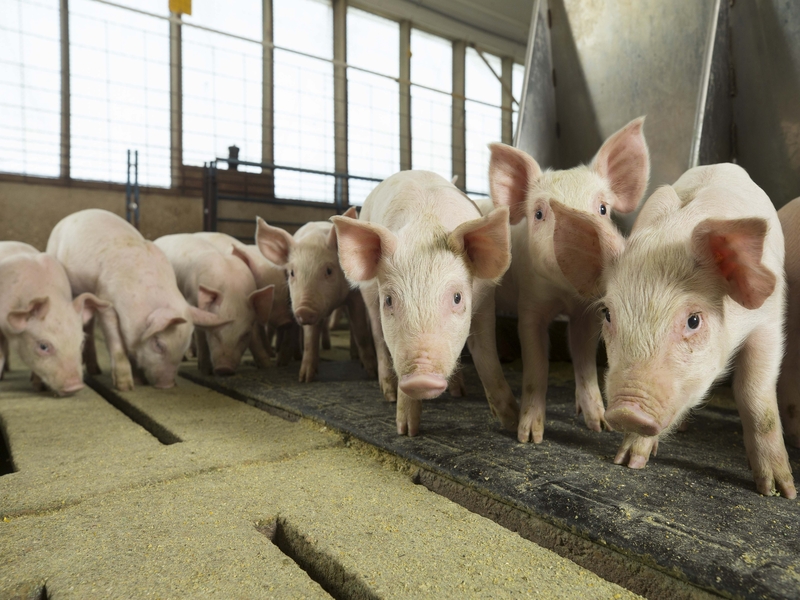
Swine Respiratory Disease (SRD)
What is Swine Respiratory Disease?
Swine Respiratory Disease (SRD) is the most common and costly condition of swine in the US. Infection of the swine respiratory tract may be the result of a primary bacterial infection, or it may be initiated by a viral insult with a secondary, opportunistic, bacterial coinfection. Depending on the pathogens at play, the syndrome may vary in complexity and severity. SRD is multifactorial in nature, deriving influence from the environment, management practices, pathogens and host animal. Without early identification and treatment, SRD can present a significant challenge to animal health and welfare at any stage of production, ultimately resulting in reduced performance and significant economic losses.
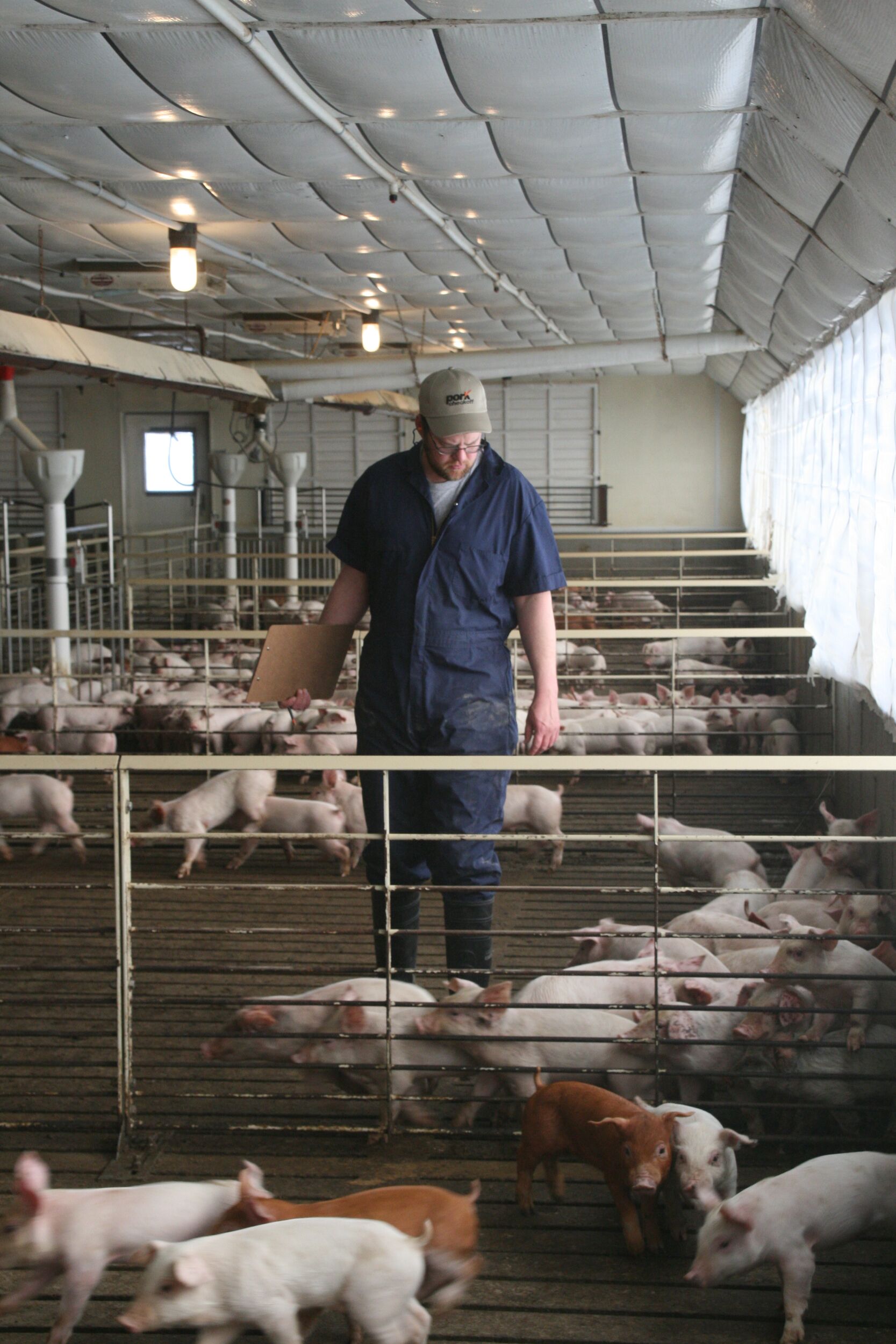
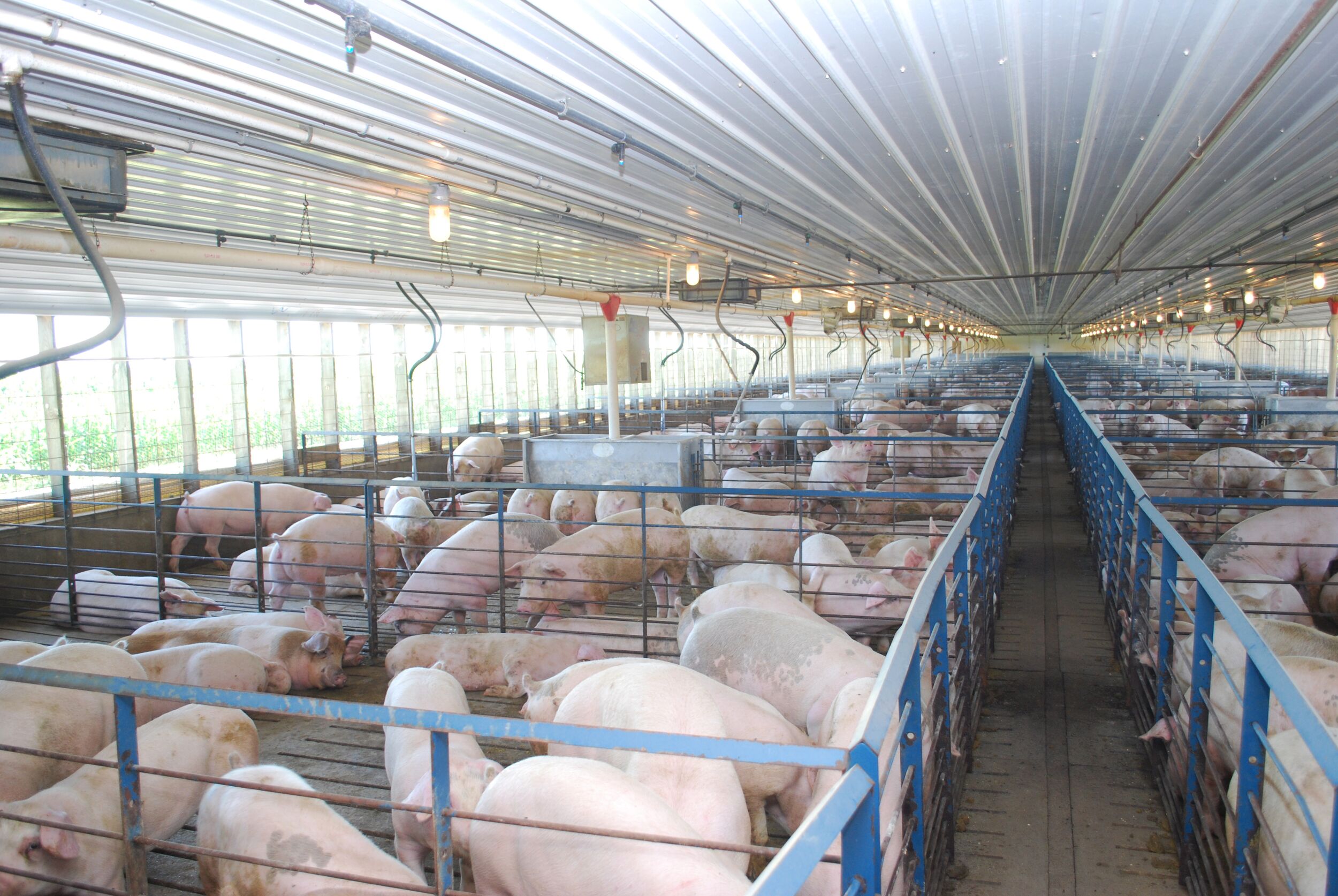

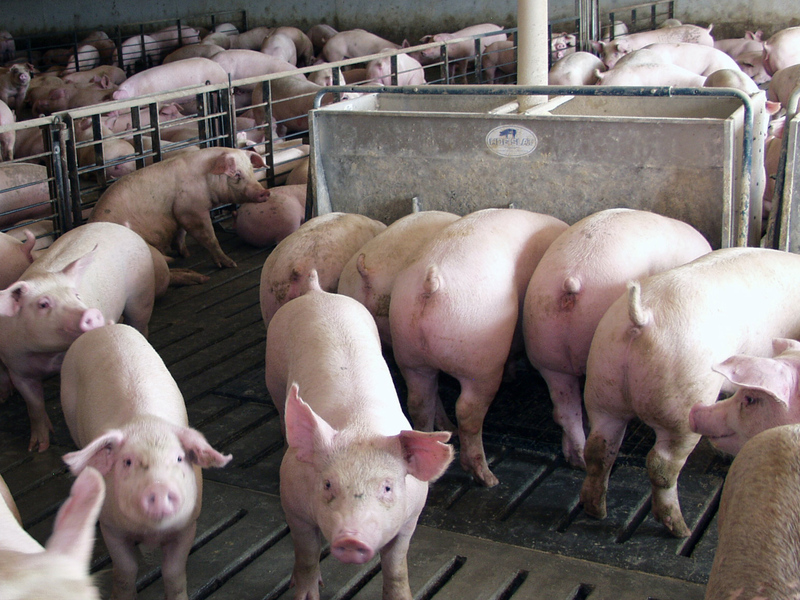
Economic Impact of Swine Respiratory Disease
A recent economic analysis indicated the impact of disease attributable to Porcine Reproductive and Respiratory Syndrome virus (PRRSv) in the US swine herd to be $1.2 billion dollars annually.1 Production losses are incurred in the form of reduced growth rate, increased mortality and an increase in unmarketable animals, alongside an increase in animal health costs.
Understanding Swine Respiratory Disease
Learn more about the disease, causes, signs, treatment options and how to control SRD.
References:
1 Roepke. "Growing losses from PRRS cost pork producers $1.2 billion per year, new study shows. "Iowa State University News Service. 2024. Growing losses from PRRS cost pork producers $1.2 billion per year, new study shows • News Service • Iowa State University (iastate.edu)
Safety Information
Cefenil® RTU (ceftiofur hydrochloride sterile suspension)
CAUTION: Observe label directions and withdrawal times. Not for use in calves to be processed for veal. As with all drugs, the use of Cefenil® RTU (ceftiofur hydrochloride sterile suspension) is contraindicated in animals previously found to be hypersensitive to the drug. Download product labeling here for full product information.
Enroflox® 100 (enrofloxacin) Injectable Solution
CAUTION: Federal law restricts this drug to use by or on the order of a licensed veterinarian. Federal law prohibits the extra-label use of this drug in food-producing animals. To assure responsible antimicrobial drug use, enrofloxacin should only be used as a second-line drug for colibacillosis in swine following consideration of other therapeutic options. Swine intended for human consumption must not be slaughtered within 5 days of receiving a single-injection dose. Use with caution in animals with known or suspected CNS disorders. Observe label directions and withdrawal times. See product labeling here for full product information.
Flunixin Injection-S (flunixin meglumine injection)
CAUTION: Federal law restricts this drug to use by or on the order of a licensed veterinarian. Observe label directions and withdrawal times. Not for use in breeding swine. Cyclooxygenase inhibitory NSAIDs may be associated with gastrointestinal, renal and hepatic toxicity. Concomitant use with other anti-inflammatory drugs should be avoided. See product labeling here for full product information.
Noromycin® 300 LA (oxytetracycline injection)
CAUTION: Federal law restricts this drug to use by or on the order of a licensed veterinarian. Observe label directions and withdrawal times. Not for use in lactating dairy animals. Adverse reactions, including injection site swelling, restlessness, ataxia, trembling, respiratory abnormalities (labored breathing), collapse and possibly death have been reported. Download product labeling here for full product information.
Oxytetracycline Injection 200 (oxytetracycline injection)
CAUTION: Federal law restricts this drug to use by or on the order of a licensed veterinarian. Observe label directions and withdrawal times. Adverse reactions, including injection site swelling, restlessness, ataxia, trembling, swelling of the eyelids, ears, muzzle, anus and vulva (or scrotum and sheath in males), respiratory abnormalities (labored breathing), frothing at the mouth, collapse and possibly death have been reported. See product labeling here for full product information.
Tulieve® (tulathromycin injection) Injectable Solution
CAUTION: Federal (USA) law restricts this drug use by or on the order of a licensed veterinarian. Tulieve has a pre-slaughter withdrawal time of 5 days. Tulieve should not be used in animals known to be hypersensitive to the product. See product labeling here for full product information.
The Norbrook logo, Cefenil, Enroflox, Noromycin and Tulieve are registered trademarks of Norbrook Laboratories Limited.
006-25-108
All images courtesy of the National Pork Board, Des Moines, Iowa.




